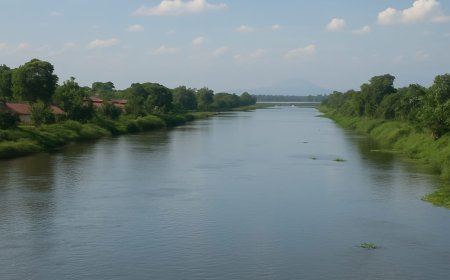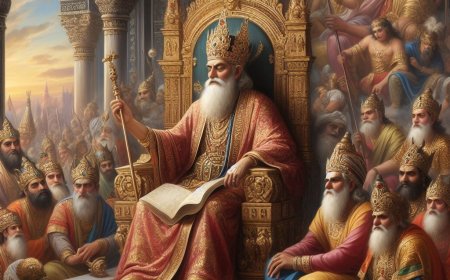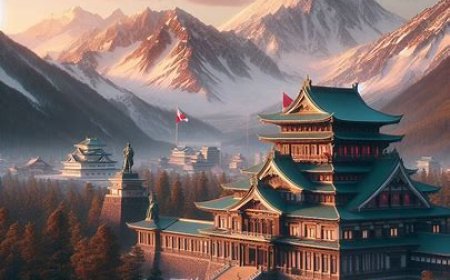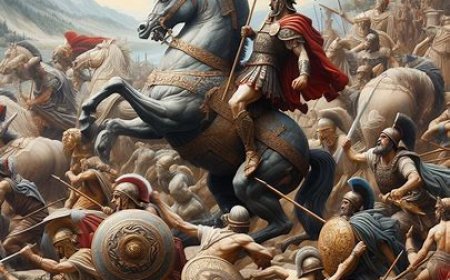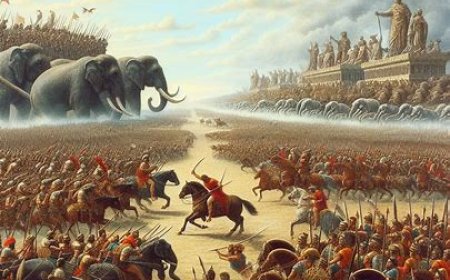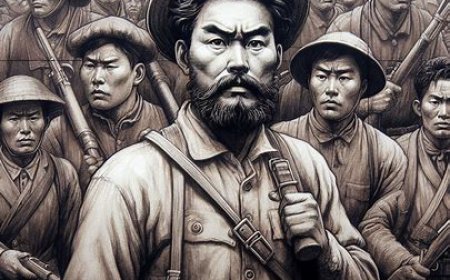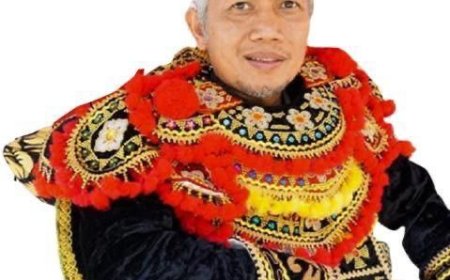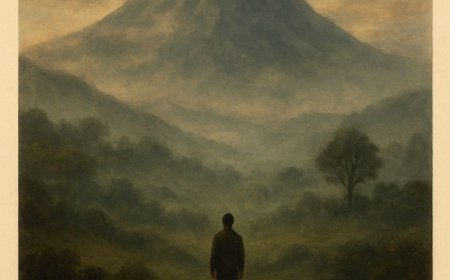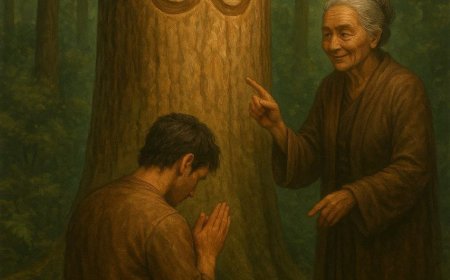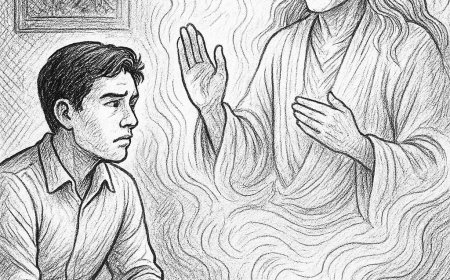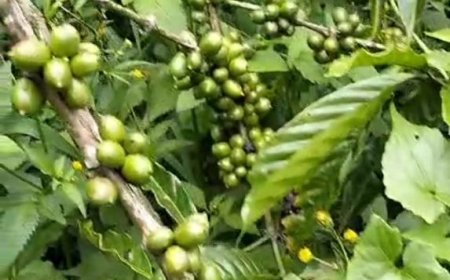Maya: A Brilliant Civilization Toppled by Nature and Conflict
The collapse of the Maya civilization resulted from the complex interplay of climate change, poor resource management, internal conflict, political instability, and possibly disease spread. Prolonged drought and unsustainable environmental management were the two most notable factors leading to drastic agricultural declines, famine, and the eventual abandonment of many major Maya cities. The combination of these factors created a multidimensional crisis that ended the glory of one of the greatest civilizations in Mesoamerica.
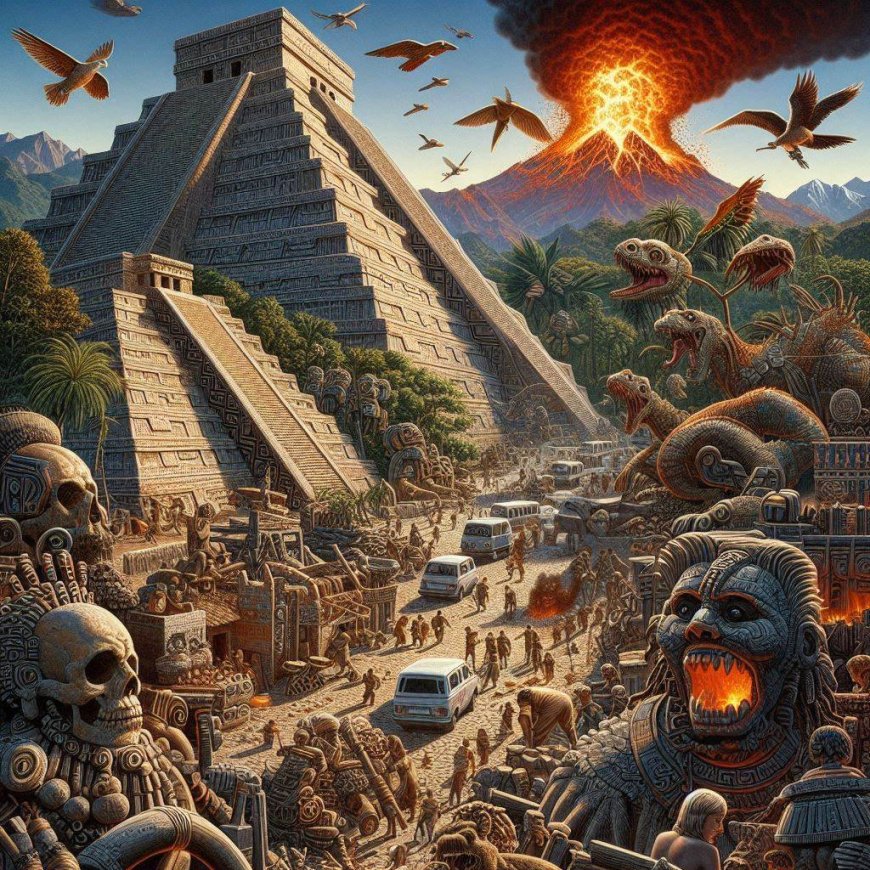
The Maya civilization is one of the largest and most influential civilizations in Mesoamerica. Flourishing for over three millennia, it reached its peak during the Classic Period (250 AD - 900 AD) with remarkable achievements in architecture, astronomy, mathematics, and art. However, around the 9th century, this civilization began to experience a significant decline, leading to the abandonment of many major Maya cities. This article explores the history, accomplishments, and factors contributing to the collapse of the Maya civilization.
Preclassic Period (2000 BC - 250 AD)
The Maya civilization began to develop during the Preclassic Period, with agrarian societies settling and building small villages. During this time, the Maya started using calendars, and hieroglyphic writing began to emerge. They developed efficient agricultural systems, utilizing lowland and highland areas.
Classic Period (250 AD - 900 AD)
The golden age of the Maya civilization occurred during the Classic Period. Major cities such as Tikal, Palenque, Copan, and Calakmul became political, economic, and cultural centers. During this period, the Maya built large pyramids, temples, palaces, and astronomical observatories. Their achievements in astronomy and mathematics were notable, including the use of the complex and accurate Long Count calendar, as well as hieroglyphic writing to document history and significant events.
Postclassic Period (900 AD - 1500 AD)
After the Classic Period, many major Maya cities experienced decline and were abandoned. However, some northern cities like Chichen Itza, Uxmal, and Mayapan continued to thrive. Interaction with other civilizations, such as the Toltec from central Mexico, influenced Maya culture during this period. When the Spanish arrived in the 16th century, many Maya regions had lost their political power, but their culture and religion remained strong.
Astronomy and Mathematics
The Maya are renowned for their expertise in astronomy. They observed the movements of planets and stars, developing highly accurate calendars. Their calendar system included the Haab Calendar (365 days) and the Tzolkin Calendar (260 days), as well as the Long Count Calendar for longer periods. They also used the concept of zero in their vigesimal (base-20) mathematical system, which was a significant achievement.
Architecture and Art
The Maya built cities with ceremonial centers featuring pyramids, temples, palaces, and ball courts. Their art included intricate stone carvings, sculptures, and murals. Many of these artworks depicted mythological and historical stories. Tikal is one of the best examples of Maya architecture, with towering pyramids and complex temples.
Writing and Literature
The Maya hieroglyphic writing system is one of the most advanced in pre-Columbian America. They wrote on stelae (stone monuments), codices (books made of bark paper), and building walls. Many texts were lost due to destruction by Spanish conquerors, but some codices, like the Dresden Codex, still exist and provide insights into Maya astronomy and rituals.
The Collapse of the Maya Civilization
The collapse of the Maya civilization resulted from a combination of interacting factors. Some of the most significant and notable causes include:
1. Climate Change and Prolonged Drought
One of the main factors leading to the Maya collapse was climate change resulting in prolonged drought. Archaeological and climatic evidence shows that the Maya region experienced severe and prolonged drought periods around the 9th century AD. This drought greatly affected agriculture, which was the backbone of the Maya economy and survival. Water shortages led to crop failures, famine, and significant population declines. The high dependence on agriculture made the Maya civilization highly vulnerable to environmental changes.
2. Poor Resource Management
Poor management of natural resources also contributed to the Maya collapse. Excessive deforestation to clear land for agriculture and obtain timber for construction led to environmental degradation. Deforestation caused soil erosion and reduced soil fertility, which in turn lowered agricultural productivity. The loss of forests also affected the hydrological cycle, reducing local rainfall and exacerbating the effects of drought.
3. Internal Conflict and Inter-City Warfare
Inter-city warfare and internal conflicts were other factors contributing to the Maya collapse. Major cities like Tikal, Calakmul, and Caracol frequently engaged in wars to control territory and resources. These conflicts caused political instability, infrastructure destruction, and population migration. Prolonged warfare also drained economic and human resources, worsening the crisis situation.
4. Political and Social Instability
Political and social instability also played a crucial role in the Maya collapse. Power struggles among political elites and the fall of ruling dynasties caused uncertainty and dissatisfaction among the populace. The fragmented political structure and the absence of strong central authority made it difficult to respond effectively to crises. Social dissatisfaction due to injustice and economic inequality further exacerbated the situation.
5. Disease Spread
Although there is no direct evidence that disease was a primary cause of the Maya collapse, the spread of diseases could have exacerbated the situation. Migration and warfare could bring contagious diseases to vulnerable populations, reducing the population and weakening social structures.
The collapse of the Maya civilization resulted from the complex interplay of climate change, poor resource management, internal conflict, political instability, and possibly disease spread. Prolonged drought and unsustainable environmental management were the two most notable factors leading to drastic agricultural declines, famine, and the eventual abandonment of many major Maya cities. The combination of these factors created a multidimensional crisis that ended the glory of one of the greatest civilizations in Mesoamerica.
The Legacy of the Maya
Despite the abandonment of many cities, Maya culture remains alive among their descendants in Mexico, Guatemala, Belize, Honduras, and El Salvador. Many of their traditions, languages, and religious practices are still observed today. Their architectural and artistic legacies continue to be sources of study and admiration in the modern world. The Maya civilization stands as a remarkable testament to human capability in creating complex and advanced cultures, as well as a reminder of the vulnerability of civilizations to environmental and social changes.
What's Your Reaction?










